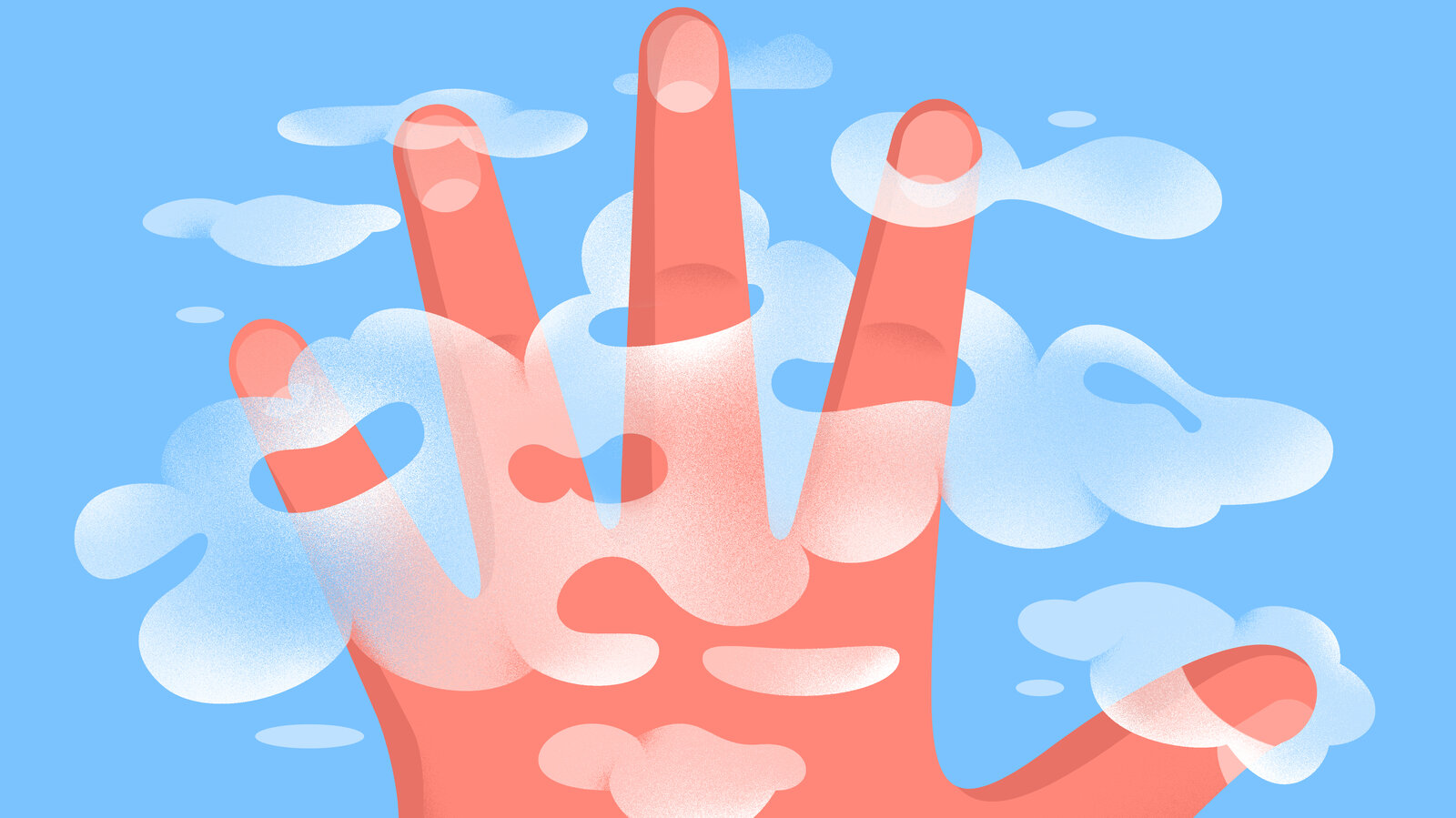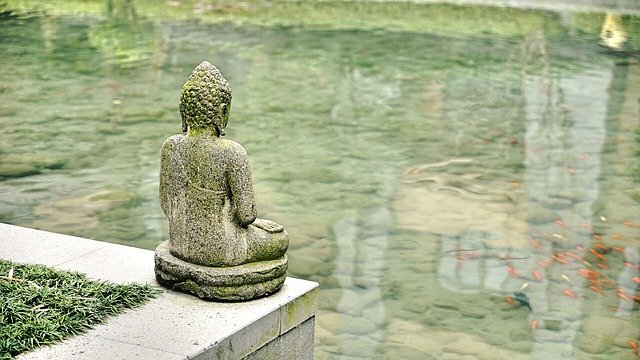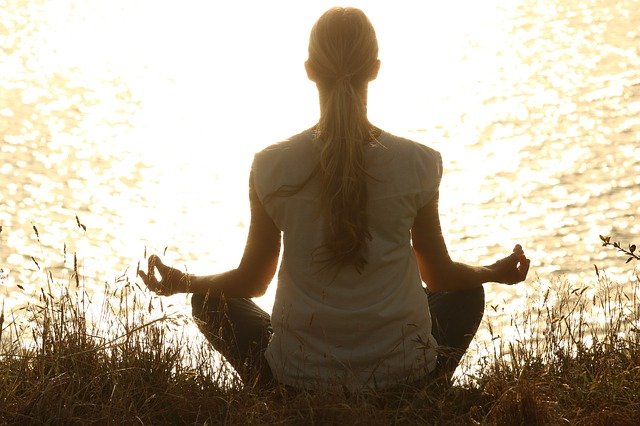
The term "meditation" is used to describe the state of being in a trance. The word itself is ambiguous, as many researchers do not agree on exactly what meditation is. There is a wide range of techniques, from breathing to yoga, and many include non-meditation practices as well. A good definition will encompass all of these elements, with a particular focus on altered behavior or neurochemistry. Let's take a look at some examples of this type of practice.
Meditation is a practice which teaches us to slow down and become more aware of our surroundings. It involves training our attention and awareness to focus on a particular activity or object. The goal is to attain a relaxed, emotionally calm state. It helps us to live a better life. The goal of mindfulness is to gain greater awareness of the world around and yourself, and to experience inner peace and well being.

The practice of meditation can be described by many methods. Many taxonomies ask questions like the object of meditation and mental faculty. Some even include phenomenological questions. The best way to define meditation is to use an evaluative and non-judgmental approach when studying the practice. Before you start practicing a practice, it is important to fully understand its benefits.
Many researchers view meditation from a subject perspective. Others adopt a holistic approach and focus on the many forms of meditation. In addition to listing the features of meditative states, these studies point to the various benefits of these practices. The term "meditation" is often associated with mindfulness, which essentially means a way of being in a state of centered awareness. These features are essential for meditation psychology.
The connection between experience and the moment is the focus of most scientific definitions. Awareness, concentration, and openness are the four pillars to mindfulness. Dr. Ellen Langer described mindfulness as "flexible" mental state that is open to change and has a non-judgmental approach to the experience. Meditation is a powerful way to increase self-awareness by using a multidimensional definition. It can be used for improving people's lives.

Meditation has many health benefits. This is according to scientific evidence. It is said to help people with mental health problems reduce their stress levels and increase their positive feelings. It can also promote healing in other areas of one's life. There are many benefits to it that are worth exploring. The research is still new and not universal. There are many different forms of meditation and it is difficult for one to identify a common definition.
There have been many attempts by the scientific community at defining meditation. The best definition of meditation would be to make it distinct from other forms. Beyond the scientifically proven aspect of meditation there are also aspects like spirituality and breath. Meditation should therefore be defined in a way that allows for separation from other forms. Its key features are attention, breathing, and mantas. But the scientific community has not agreed on the precise definition of the word "meditation" to describe it.
FAQ
Here are 7 ways to live a healthy lifestyle.
-
Eat right
-
Exercise regularly
-
Rest well
-
Get plenty of water.
-
Get enough rest
-
Happy!
-
Smile often
What is the difference in a virus and bacteria?
A virus is a microscopic organism which cannot reproduce outside of its host cell. A bacterium is an organism that splits itself in two. Viruses are very small (about 20 nanometers) while bacteria are larger (up to 1 micron).
Viruses are spread via contact with infected bodily liquids such as urine, saliva, semen and vaginal secretions. Bacteria are usually spread through direct contact with contaminated objects or surfaces.
Viruses may enter the body through cuts, scrapes. bites, or any other break in the skin. They can also be transmitted through the eyes, nose, mouth, ears, rectum, and anus.
Bacteria can get into our bodies through cuts, scrapes and burns, insect bites, or other skin breaks. They can also get into our bodies via food, water or soil.
Both viruses and bacteria can cause illness. Viruses cannot multiply in their host cells. They only cause disease when they infect living tissue.
Bacteria can spread within the host and cause illness. They can also invade other parts of your body. We need antibiotics to get rid of them.
How can you live your best life every day?
Find out what makes YOU happy. This is the first step in living a life that you love. You can then work backwards once you know what makes YOU happy. Asking other people how they live their best lives every day is also a good idea.
You can also read books by Wayne Dyer, such as "How to Live Your Best Life". He talks about how to find happiness and fulfillment at all stages of our lives.
What is the working principle of an antibiotic?
Antibiotics are drugs which destroy harmful bacteria. Antibiotics are used for treating bacterial infections. There are many different types of antibiotics. Some are administered topically, while others can be taken orally.
People who have been exposed may be prescribed antibiotics. If someone has chicken pox, they might need to take an oral antibiotic in order to prevent shingles. Penicillin might also be administered to someone with strep throat. This will help prevent the possibility of developing pneumonia.
Doctors should prescribe antibiotics to children. Children are more susceptible to side effects from antibiotics than adults.
Diarrhea is one of the most common side effects of antibiotics. Other side effects possible include dizziness, nausea, vomiting, stomach cramps, dizziness and allergic reactions. These side effects usually disappear once treatment has ended.
What can you do to boost your immune system?
The human body is made up of trillions and trillions of cells. These cells combine to form organs or tissues that serve specific functions. If one cell dies, a new cell takes its place. Cells communicate with one another using chemical signals called hormonal hormones. Hormones regulate all bodily functions from growth and developmental to metabolism and immunity.
Hormones, chemicals that are secreted throughout the body by glands, are chemicals. They travel through the blood stream and act like messengers to control how our bodies function. Some hormones are made internally, while others are created outside the body.
Hormone production begins when a hormone-producing gland releases its contents into the bloodstream. Once hormones have been released, they travel through the body until reaching their target organ. In some cases, hormones remain active only for a short period of time. Others hormones are more active and have a longer life expectancy. They can still influence the body's functions long after they are eliminated from the bloodstream.
Some hormones may be produced in large numbers. Others are made in small quantities.
Some hormones are only produced at certain times in your life. The production of estrogen can occur during puberty and pregnancy, as well as menopause and old age. Estrogen assists women with breast development, bone density, and osteoporosis prevention. It also promotes hair growth and keeps skin smooth and soft.
Statistics
- nutrients.[17]X Research sourceWhole grains to try include: 100% whole wheat pasta and bread, brown rice, whole grain oats, farro, millet, quinoa, and barley. (wikihow.com)
- According to the 2020 Dietary Guidelines for Americans, a balanced diet high in fruits and vegetables, lean protein, low-fat dairy and whole grains is needed for optimal energy. (mayoclinichealthsystem.org)
- WHO recommends consuming less than 5% of total energy intake for additional health benefits. (who.int)
- The Dietary Guidelines for Americans recommend keeping added sugar intake below 10% of your daily calorie intake, while the World Health Organization recommends slashing added sugars to 5% or less of your daily calories for optimal health (59Trusted (healthline.com)
External Links
How To
How to Live a Healthy Lifestyle
A healthy lifestyle is one where you are able to maintain your weight, your health and your fitness level. It is a lifestyle that emphasizes healthy living. This includes exercising regularly, eating well, avoiding alcohol, smoking, tobacco, and drug abuse. Being healthy will make you feel more confident and fit. Additionally, a healthy lifestyle will reduce your chances of developing chronic diseases like stroke, diabetes and cancer.
The goal of this project is to give a step by step guide on how to live healthier lives. The introduction was the first portion of the project. It describes the benefits of living a healthy life, what it means, and who we are. Then, I wrote the body paragraphs, which consist of different tips on how to keep a healthy lifestyle. Finally, I wrote the conclusion. This summarizes the entire article, and provides additional resources, if needed.
I learned how to create a concise and clear paragraph through this assignment. I learned how my ideas could be organized into topic sentences. Moreover, I improved my research skills because I had to find specific sources and cite them properly. I learned proper grammar to write.